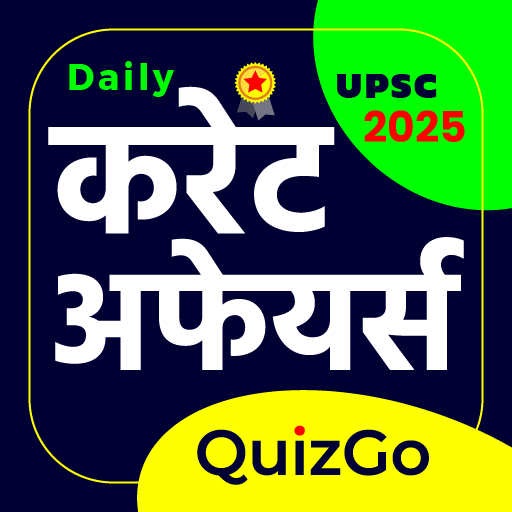Jammu, India — On Monday, India’s Prime Minister inaugurated a new tunnel in the northeast region of Kashmir. This tunnel, built to withstand heavy winter snow, will allow year-round access to the town of Sonamarg.
The project cost around $932 million and includes another tunnel and several bridges that will connect Kashmir with Ladakh, a cold desert region. Ladakh has seen territorial disputes between India, Pakistan, and China for decades.
During a highly secured visit, Prime Minister Narendra Modi launched the 6.5-kilometer (4-mile) Z-Morh tunnel in Sonamarg. This area marks the transition from the beautiful coniferous forests of the Kashmir Valley to the rugged landscape of Ladakh. The new tunnel will ensure that Sonamarg is accessible throughout the year for the first time.
Moreover, a second tunnel, which will measure around 14 kilometers (9 miles), is planned to connect Sonamarg directly to Ladakh, bypassing the challenging Zojila pass. It is expected to be completed by 2026.
Every winter, heavy snow shuts down mountain passes, isolating communities like Sonamarg and Ladakh for nearly six months. The new tunnels aim to change that, improving accessibility and fostering better connections.
As security was heightened for the visit, police and military personnel were deployed, with checkpoints and surveillance measures in place. Modi addressed a public gathering, noting that this project would enhance road connectivity and promote tourism in the region. His meeting included other government officials, like Kashmir’s chief minister, Omar Abdullah.
Experts believe this tunnel will not only aid civilian travel but also bolster military operations in Ladakh. The ongoing tensions in the area show the project’s significance for both security and civilian life.
In a troubling incident from October, gunmen attacked workers involved in the tunnel project, highlighting the risks faced in this region. Insurgents have long fought against Indian governance here.
The situation in Kashmir is complicated. In 2019, the Indian government changed Kashmir’s status from a semi-autonomous region, stripping away its unique privileges. Now, it is divided into two union territories: Ladakh and Jammu-Kashmir. This move marked a significant shift in governance for the area.
Both India and Pakistan claim Kashmir entirely, each administering separate areas. Since 1989, militants in Indian-administered Kashmir have contested Indian rule, with many local Muslims supporting the fight for either independence or unification with Pakistan.
India argues that this insurgency is backed by Pakistan, a claim Pakistan denies, even as many Kashmiris consider the struggle a fight for freedom. This long-standing conflict has claimed tens of thousands of lives among civilians, militants, and government forces alike.
Source link
War and unrest, Rebellions and uprisings, Government programs, Politics, World news, General news, Article, 117614158










